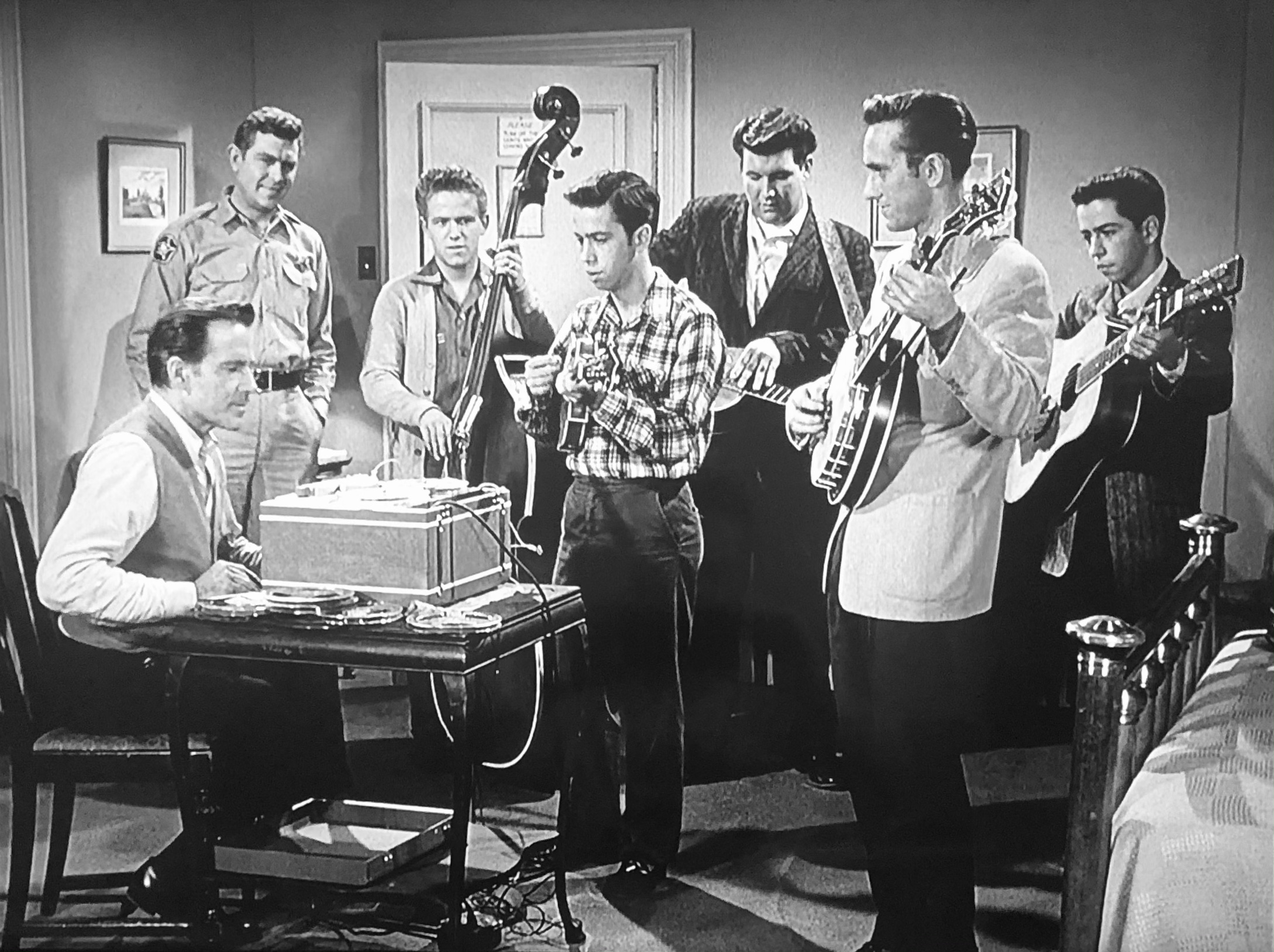
1. Gathering Around the TV for Prime Time Shows
Families arranged their evenings around network television schedules, with everyone claiming their spots in the living room before favorite shows began. With just three major networks (ABC, CBS, and NBC), programs like “Bonanza,” “The Andy Griffith Show,” and “The Dick Van Dyke Show” became shared cultural touchpoints that families discussed together during commercial breaks. Parents exercised ultimate control over program selection using the revolutionary new device known as the “remote control” (if the family was fortunate enough to have one) or by sending children to physically turn the dial on the television set. PBS covers some soaps, in particular, that were pioneers of the genre and television as a whole.
The limited viewing options created genuine family events around special broadcasts, with shows like “The Wonderful World of Disney” on Sunday evenings or “The Wizard of Oz” during its annual showing becoming treasured traditions. Adjusting the rabbit ear antennas to improve reception often became a family engineering project, with one person holding the antennas in increasingly uncomfortable positions while others shouted directions from the couch. After-school specials and educational programming taught valuable lessons that parents would discuss with children afterward, using television as a springboard for family conversations about values and behavior.
2. Eating Home-Cooked Family Dinners Together
The evening meal served as the centerpiece of weeknight family life, with mothers typically preparing meals from scratch and fathers arriving home from work just in time to sit at the head of the table. Family members shared details about their days while passing dishes around the table, with conversation flowing freely in the absence of digital distractions. The TV dinner, introduced in the late 1950s, occasionally provided a break from traditional meals on special evenings when families would set up TV trays in the living room to eat while watching a special program. HomeWord appreciates families cooking together as a means of growing stronger.
Dinner conversations followed certain unwritten rules, with children expected to wait their turn to speak and parents guiding discussions toward appropriate topics. The era’s economic prosperity meant many middle-class families enjoyed increasingly elaborate meals throughout the decade, though regional and cultural differences created distinct dinner traditions across American households. For many families, this daily gathering at the dinner table represented the one guaranteed time when everyone would be present and engaged with one another, cementing its importance in establishing family cohesion and values.
3. Playing Board Games and Card Games
Families gathered around the kitchen or dining room table after dinner to play games like Monopoly, Sorry!, Clue, and The Game of Life, with sessions often lasting hours. Card games including Rummy, Go Fish, Old Maid, and Hearts provided entertainment that could include even the youngest family members, while teaching math skills, strategic thinking, and good sportsmanship. Game nights created natural opportunities for conversation, laughter, and the development of family inside jokes and traditions that would be referenced for years to come. BoardGameGeek takes a trip down memory lane to look at the biggest tiles of the decade.
Parents used these game sessions to teach children how to lose gracefully and win magnanimously, important social skills that transcended the games themselves. Families with basements or recreation rooms often set up semi-permanent game tables where puzzles or longer games like Monopoly could remain in progress for several evenings. The popularity of board games throughout the decade reflected their affordability and reusability at a time when many families had limited entertainment budgets, with favorite games often becoming cherished possessions passed down through generations.
4. Making Home Improvements and Repairs Together
Fathers taught sons and sometimes daughters how to repair household items, complete maintenance tasks, and build simple projects, passing down practical skills through hands-on experience. Weeknight repair sessions in garages, basements, or at kitchen tables taught children the satisfaction of fixing things themselves rather than replacing them, reflecting both economic practicality and the era’s strong do-it-yourself ethic. Mothers included children in decorating projects, sewing tasks, and organizing efforts, making home beautification a family affair that gave children ownership in their living spaces.
Home improvement stores began expanding during this era, making materials more accessible for family projects ranging from building bookshelves to finishing basement recreation rooms. The growing suburbs created endless opportunities for family landscaping projects, with evening hours spent planting gardens, trimming hedges, or building simple outdoor structures like doghouses or bird feeders. These shared projects created a sense of investment in the family home while teaching practical skills that many parents believed essential to raising self-sufficient adults.
5. Telling Family Stories and Histories
Evenings provided natural opportunities for parents and grandparents to share stories about their own childhoods, creating connections between generations and establishing family narratives. The growing interest in genealogy during the decade inspired some families to trace lineages together, recording oral histories from older relatives during visits or phone calls. Children learned family values, heritage, and identity through these storytelling sessions, which often took place in living rooms after dinner or as part of bedtime routines.
Photo albums and slides from family vacations or special events prompted story-sharing sessions that helped children understand family history and relationships with extended family members they rarely saw. The tumultuous events of the 1960s—civil rights movements, space exploration, political assassinations—created opportunities for parents to share their own experiences of historical moments, connecting family stories to broader historical narratives. These storytelling traditions maintained cultural connections for immigrant families and preserved important memories that might otherwise have been lost between generations.

